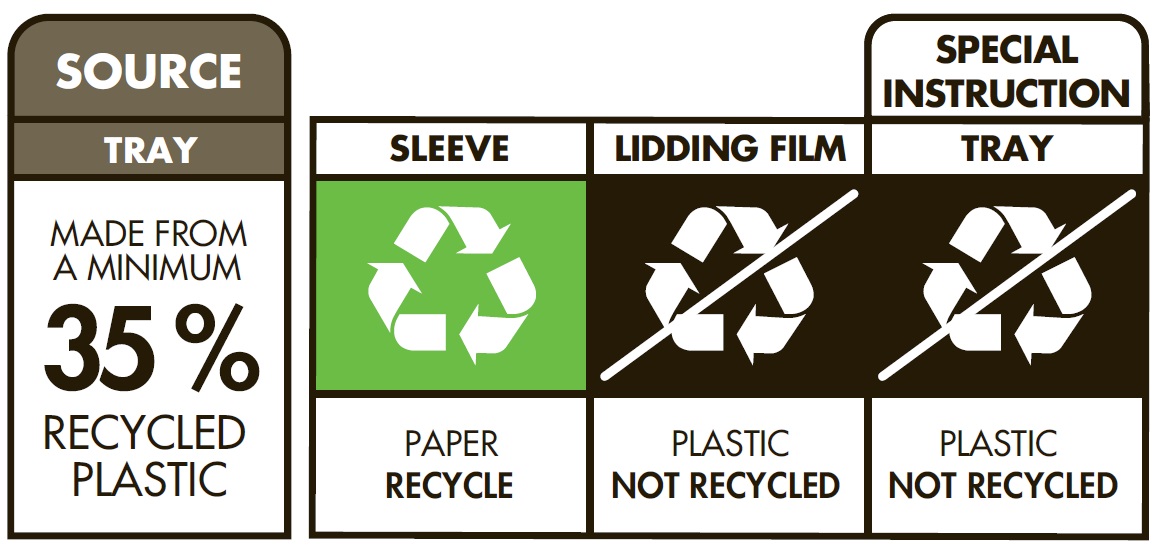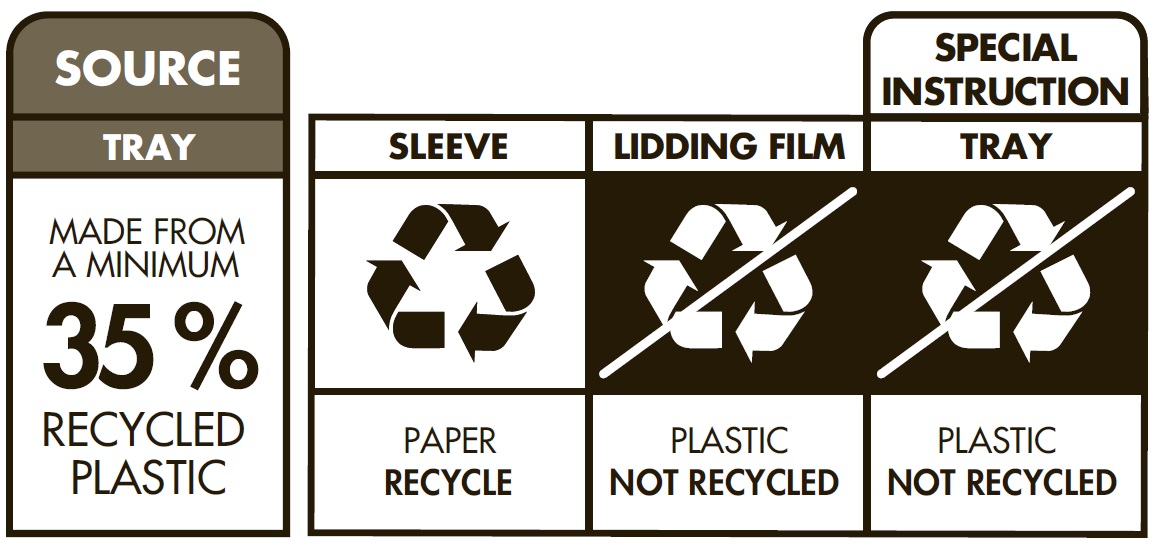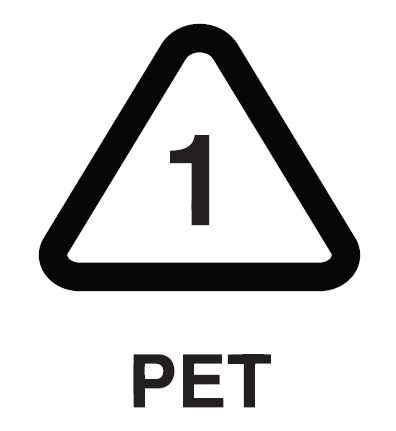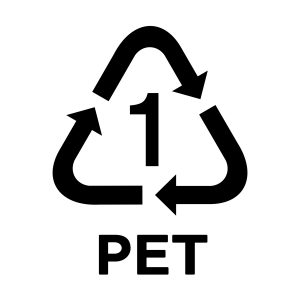As an environmentally conscious member of the human race, you want to do what is right at all times. This probably (hopefully) includes reducing your environmental footprint by making responsible choices and actions with your household consumer produce. We are here to help you make sense of what seems like a very confusing topic and to answer some key questions.
Is packaging necessary?
- Yes, in many cases. It protects products and extends shelf life. Some products like oranges and avos do not need to be packaged, as nature has done that for us, but packaging can help to keep these items together for us. Our advice; take you own refillable packaging and buy loose products wherever possible.
Is plastic necessary?
- Yes, in many cases. It often has the lowest carbon footprint, when compared with glass, metal and even paper. It is often the most suitable or only option because it is lightweight, durable, waterproof, airtight, transparent, etc. The main drawback of plastic is what happens with it when we are done using it, because it makes for really nasty environmental pollution and litter.
How do I make the most sustainable purchasing decisions?
- Your power to make positive change starts when you make a purchasing decision. Before buying any product, you should check to see if that product is contained in “Recyclable” packaging. You should also consider if the packaging contains any recycled plastics.
How do I know if an item is Recyclable?
- On-Pack Recycling Labels (OPRLs) are the best method for brands to communicate recyclability to customers. You should check this before buying and when you are ready to sort your recyclables from your waste. Here are some examples of OPRLs so that you can recognise them easily in future:








